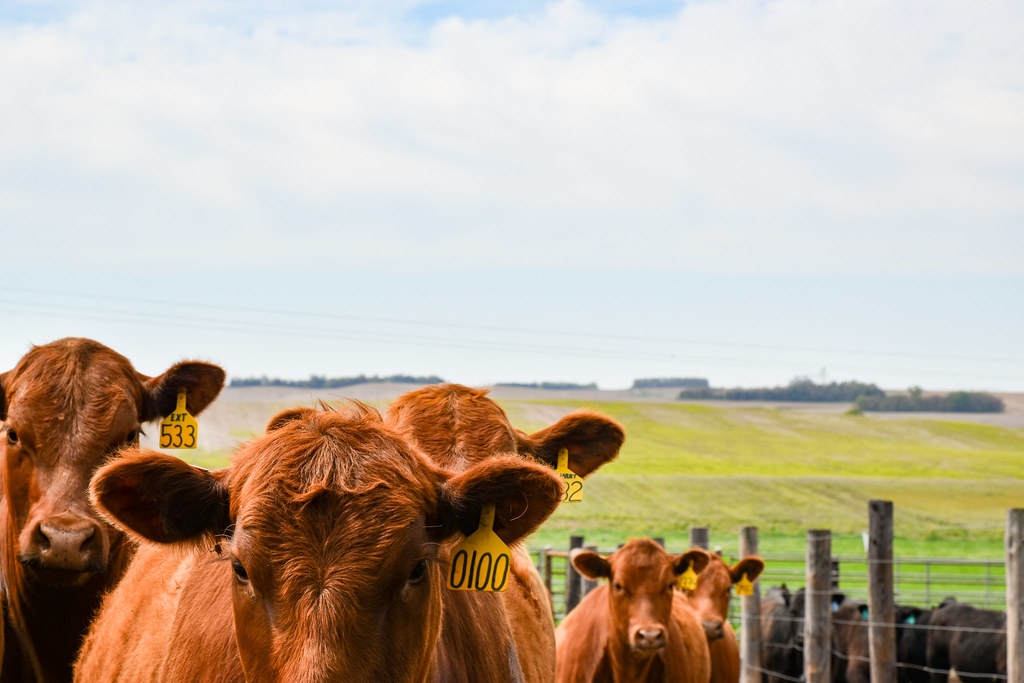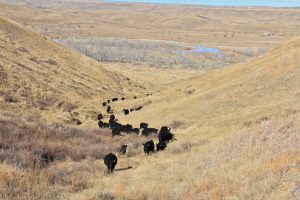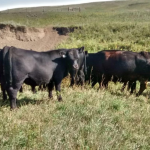Investing pre-tax earnings in a record-high calf market

The record-high calf prices experienced in 2024 and 2025 have left many cow-calf producers with a welcome challenge: determining how to reinvest profits in their operations. While strong cattle markets offer an opportunity to improve long-term profitability, they also bring the temptation to spend pre-tax earnings on items that may not enhance operational efficiency or performance in future years.
This cattle cycle is unique in many respects. Contributing factors include sustained drought in key production regions, historically high calf and cull cow prices, an aging producer base, and a severely reduced national cowherd inventory. As history reminds us, such as the sharp drop in feeder calf prices in 2016, periods of high income require careful, strategic decision-making to ensure long-term business success.
One common driver of decision-making during profitable years is tax planning. Many producers consult with accountants to reduce taxable income before the end of the year. While this strategy can be valid, decisions based solely on minimizing tax liability may not support the long-term financial health of the ranch. For example, purchasing a new pickup or piece of equipment before year-end may reduce tax exposure, but these investments should be evaluated on whether they contribute meaningfully to the business’s efficiency or profitability.
To evaluate potential investments more effectively, it’s important to distinguish between tax accounting and economic (business) profitability. Tax accounting focuses on cash income and deductible expenses, often using accelerated depreciation and excluding unpaid labor or owned asset costs. In contrast, an economic profit statement includes the fair market value of owned inputs such as raised feed, land use, and unpaid family labor. It also accounts for depreciation or replacement cost of breeding animals and applies an opportunity cost to owned assets—recognizing that capital tied up in equipment or land could otherwise be earning a return through low-risk investments.
From an economic perspective, investments in capital assets like pickups or tractors should be evaluated by their ability to increase gross margin (revenue minus direct costs) relative to the overhead they add. A new pickup may not improve revenue or reduce direct costs, but it does increase fixed costs through depreciation and maintenance. On the other hand, investments like cross-fencing, improved water infrastructure, or rotational grazing systems can improve forage utilization, enabling greater production without increasing land base—ultimately improving gross margin.
Another valuable use of pre-tax earnings is to improve the ranch’s current asset position—liquid assets that can be easily converted to cash. This could include backgrounding calves, purchasing stockers for grazing, or simply retaining cash in savings or a low-risk investment account. While income taxes will still be owed on retained cash, having a strong liquidity position can help service existing debt, buffer against future volatility, or enable the operation to seize opportunities down the road. In many cases, paying taxes is a sign of profitability, and retaining earnings for strategic flexibility can be more valuable than chasing deductions.
The Agricultural Budget Calculator (ABC), recently developed by the University of Nebraska – Lincoln Center for Agricultural Profitability, is an online enterprise budgeting program available to producers to assist in making management decisions such as retaining calves for backgrounding or breeding, along with projecting profitability.agbudget.unl.edu ABC provides figures based on cash returns or a total economic basis and is customizable for any operation. It’s a program that can be well worth the time to learn more about and to utilize. Crop production enterprise budgeting has been a built-in feature since its inception. For more information and for upcoming training sessions on using ABC, see: cap.unl.edu/abc

Conclusion
Reinvesting pre-tax earnings during a strong market can either strengthen or strain the operation depending on how the funds are used. Evaluating decisions through an economic lens—not just a tax lens—can reveal opportunities to enhance efficiency, productivity, and long-term profitability. The current cattle market provides a rare opportunity to build resilience in cow-calf operations, but doing so requires strategic planning and disciplined evaluation of where and how dollars are invested.
–UNL Extension



